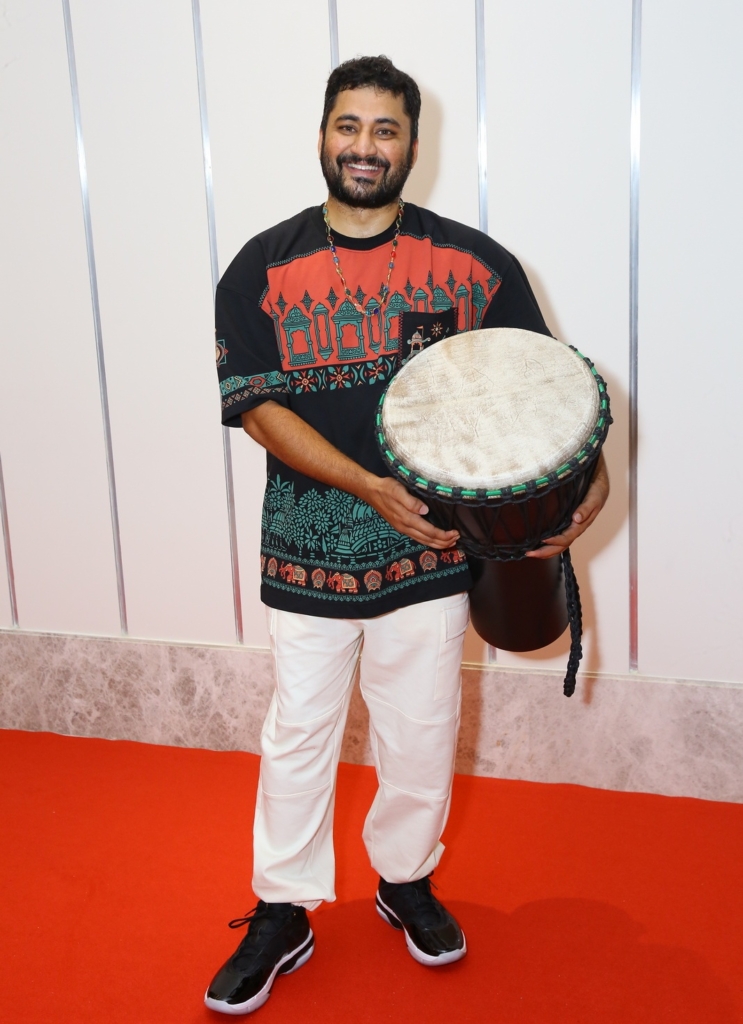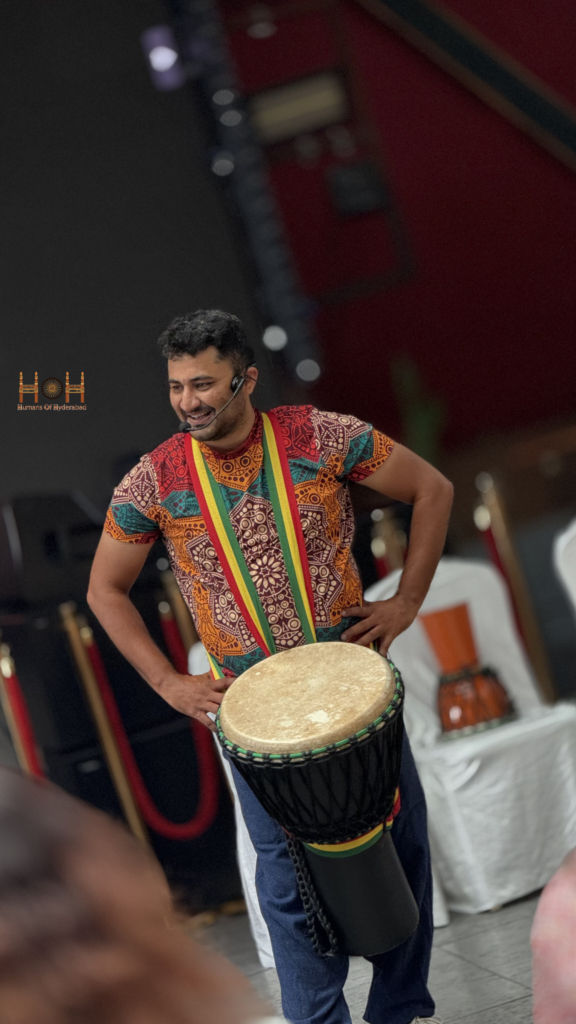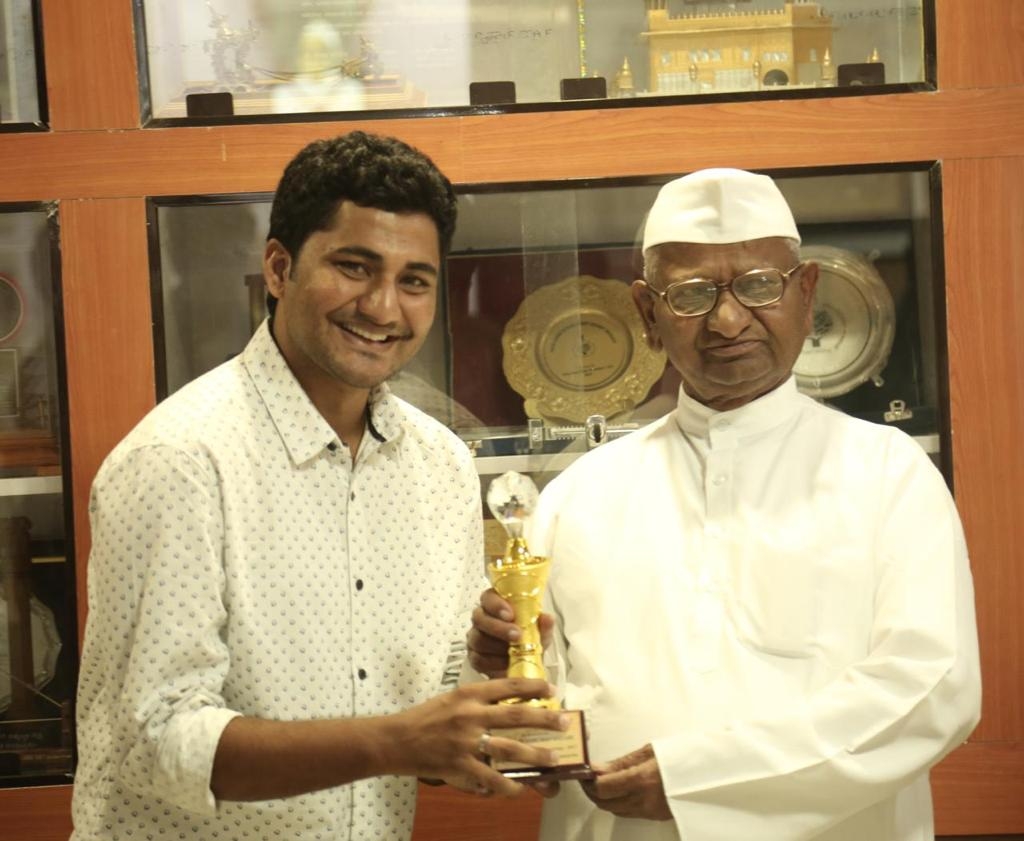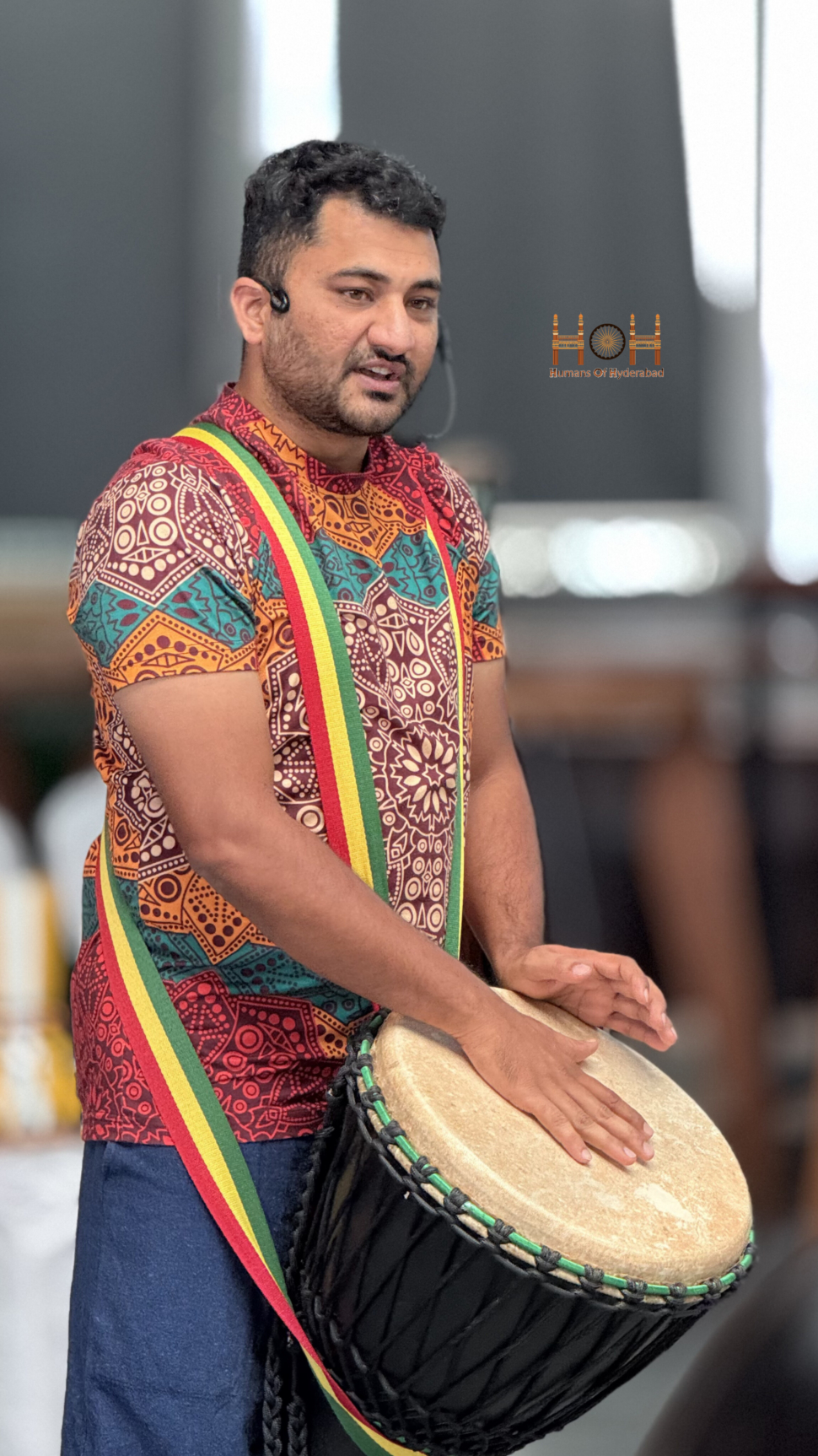“My music journey didn’t begin with a stage or spotlight. It started at home in Hyderabad, with my grandfather. He had a strong love for music, and over time, that interest became mine. I began learning formally at Dolce Music Institute and a few other places in the city. That’s where the foundation was laid.
I grew up listening to Yanni, A.R. Rahman, and Ilaiyaraaja. After my B.Sc. in Electronics, I went on to study Sound Engineering. But it was during my time in the UK, while learning the saxophone, that I began to understand how structure and expression come together in music.
Though I was trained in western classical music, I found myself drawn toward Carnatic music. I started studying ragas and slowly got interested in music therapy and chakra healing. It was a rare field to explore back then, especially in India. That journey eventually led to an honorary PhD in Musicology.
Over the years, I’ve learnt to play various instruments—keyboard, piano, harmonium, drums, saxophone—but the one that changed my path was the Djembe. It’s a West African hand drum that anyone can pick up and play. What drew me to it was its shape, which reminded me of the damarukam associated with Lord Shiva, and its link to the Muladhara chakra, the root energy centre in our body. That connection became the starting point of my work in music therapy.
In 2007, I began my journey in music therapy, diving deep into how sound and rhythm influence the mind and body. People often know the seven swaras—Sa, Re, Ga, Ma, Pa, Da, Ni—but rarely think of how they align with the seven chakras and even the seven colours of VIBGYOR. These elements are more connected than we realise.
While living in the UK, I noticed how music was present in every home. It wasn’t treated as just another subject in school. It was part of daily life. That made me think about how we often overlook music’s value back home, despite our traditions.

Over time, I started learning from African musicians and began blending Indian classical techniques—especially those focused on healing—with African rhythms. That combination gave rise to something that was both powerful and grounding. I also trained as a Reiki master and studied crystal healing. Both music and crystals rely on vibration, and both can help us move forward emotionally and physically.

In 2023, I started The Djembe Circle. At the time, most people had no idea what a Djembe was. Some were unsure, others laughed. But once they joined the drum circle and played it for themselves, everything changed. They felt the rhythm. The connection. The sense of letting go.
One moment I’ll never forget was when a visually impaired person joined our session. He later shared a video with me saying, “I have never felt this happy in my life. I felt like any other person around me. Not for a second did I think of my impairment. While playing the Djembe, I was just perfect.” I still remember the joy on his face.

In 2017, I was honoured with the Yuvapuraskar Award. It meant a lot, not just to me, but to everyone who supported the journey.
Since then, we’ve travelled and performed across Hyderabad, Chennai, Bangalore, Kochi, Wayanad, Goa, Bir and more. December is usually our busiest month with back-to-back events and workshops. Most sessions are recorded now, but what stays with me are the struggles behind each performance. The rejections. The long nights. The steady belief that it’s all worth it.
My message is simple. You don’t have to be a musician to play the Djembe. You just need rhythm—and that already exists within you. Whether you’re a child, a student, a parent, or a working professional, the Djembe helps you connect, heal and grow.
Because with rhythm, we don’t just play. We transform.”
– Sai Kumar
Founder, The Djembe Circle
